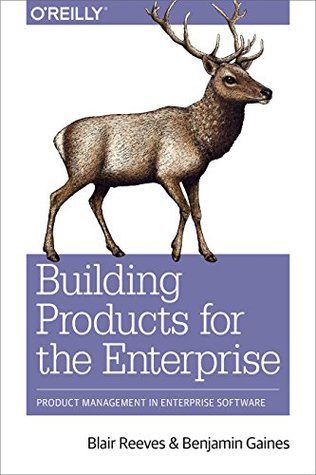More on this book
Kindle Notes & Highlights
figure out who you are building for by deeply understanding customer problems, and figure out how to build by driving alignment across teams.
As a product manager, there is no better way to gain the trust and respect of the groups you’re trying to align internally than to consistently and confidently articulate customer problems and why they are critical to the companies that buy your software.
The best way to become essential for the companies that buy your products is to help them grow their business (i.e., to produce meaningful ROI) in unique ways.
As a general rule, if given the choice between saving our credibility with the customer and taking on some technical debt, we will take the technical debt seven days a week, with a double serving on Sunday.
Knowing who is paying what and how they perceive the value for that price is inimitable and rare market intelligence to have.
There isn’t a single answer here. It depends on a variety of factors: the maturity of your product, your growth strategy (Are you trying to go upmarket? Or downmarket to hedge against a disruptive competitor? Are you expanding into an adjacent market? etc.), and many other things. However, it is something to be deliberate about.
A 15-minute catch-up over coffee with the head of engineering is equally as important as presenting a roadmap to senior management because both can, if uninformed, stall your progress.
To get all philosophical for just a second, though, just remember that the product manager role is often set up, deliberately, to fail fast and often. Ours is an operational role in which, if you’re doing it right, practitioners will routinely run into technical, financial, strategic, or other issues that they don’t yet completely understand. This can be very frustrating, and is compounded by the fact that product management relies on the collaboration with other teams to ultimately be successful.


